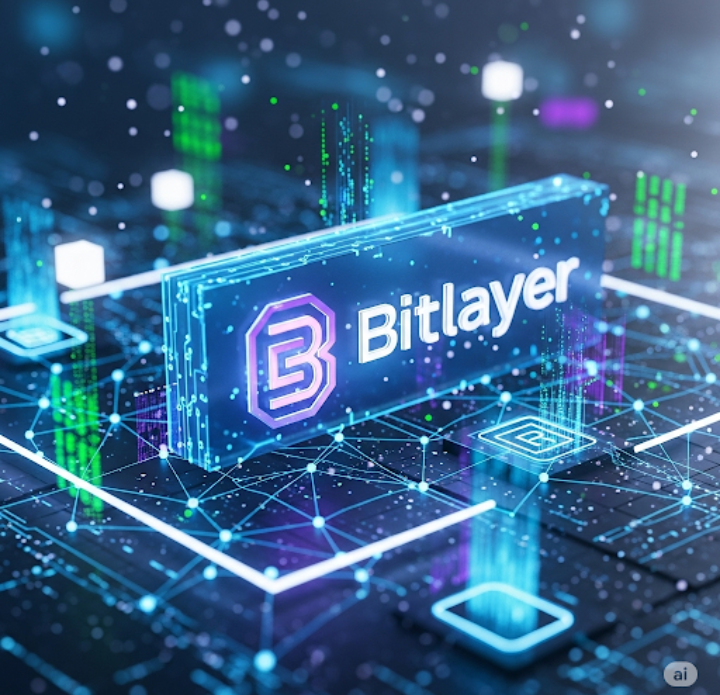The Bitcoin blockchain, despite its unmatched reliability, has long struggled with scalability and flexibility limitations. This gave birth to the idea of rollups, which aim to expand Bitcoin's functionality by moving computations off-chain. However, implementing effective on-chain verification mechanisms has remained a challenging task. This is where Bitlayer offers a bold solution by utilizing its innovative BitVM2 paradigm.
Understanding the basics: BitVM and BitVM2
To understand the significance of BitVM2, it is first worth mentioning its predecessor — BitVM. This was an innovative concept that theoretically allowed arbitrary computations on Bitcoin without changing the protocol. It works by transforming computations into verification of a boolean circuit, where proofs are ignored, and verification occurs through a dispute mechanism. However, BitVM had significant limitations, including the need to conduct a large number of transactions for each verification, which made it poorly suited for practical application on rollups.
In contrast, BitVM2 from Bitlayer is an evolution of this idea. It is not a separate protocol, but rather a paradigm or a set of principles that significantly simplifies and optimizes the verification process. Instead of encoding the entire computational chain on Bitcoin, BitVM2 allows generating state transition proofs off-chain, and then effectively verifying them on Bitcoin.
How does the BitVM2 mechanism work?
BitVM2 uses a model similar to optimistic rollups. The main idea is that all computations occur off the main Bitcoin chain, on a special "rollup." The rollup operator publishes a new state (for example, the state after batch processing of transactions), assuming it is correct. However, if someone notices that the state transition was incorrect, they can initiate a challenge.
Off-chain computation: Computations performed on the rollup create so-called state transition proofs.
Publication on Bitcoin: The rollup operator publishes the state root in the Bitcoin blockchain, which serves as a "source of truth."
Dispute period: Anyone can verify the publication. If someone considers it invalid, they can initiate a dispute. Instead of verifying the entire complex computational chain, BitVM2 allows identifying just one specific, incorrect instruction. This significantly reduces the number of required transactions and verification costs.
Dispute protocol: The BitVM2 protocol uses the principle of interactive zero-knowledge proof. The proof reduces to a "game" between the operator (prover) and the verifier, where the verifier requires revealing only part of the data until the erroneous instruction is found.
On-chain verification: When an error is found, the protocol uses mechanisms such as spend control and signature scripts of Bitcoin to resolve the dispute. If the operator turns out to be dishonest, they will lose their deposit, and the transactions will be reversed.
Key advantages of BitVM2
Significant reduction in costs: Verifying just one incorrect instruction instead of the entire computational chain significantly reduces fees and the load on the Bitcoin network.
Increased flexibility: BitVM2 does not require changes to the Bitcoin base protocol (i.e., it does not require soft forks or hard forks). This allows developers to create new features and protocols, expanding Bitcoin's capabilities.
Speed and efficiency: Computations occur off-chain, enabling much higher throughput.
Bitcoin security: BitVM2 ensures security by using the Bitcoin chain itself as an "anchor" and an arbitration mechanism. This guarantees that an dishonest operator cannot deceive the system.
Conclusion
The BitVM2 paradigm proposed by Bitlayer is a powerful step towards overcoming Bitcoin's limitations. It combines the scalability, speed, and flexibility of rollups with the unparalleled security of the underlying Bitcoin protocol. This is not just a technical improvement, but also opens up new possibilities for decentralized applications (dApps), smart contracts, and other innovations based on Bitcoin, making it not only "digital gold" but also a functional platform for the future.
What other aspects of Bitlayer technology are you interested in?

